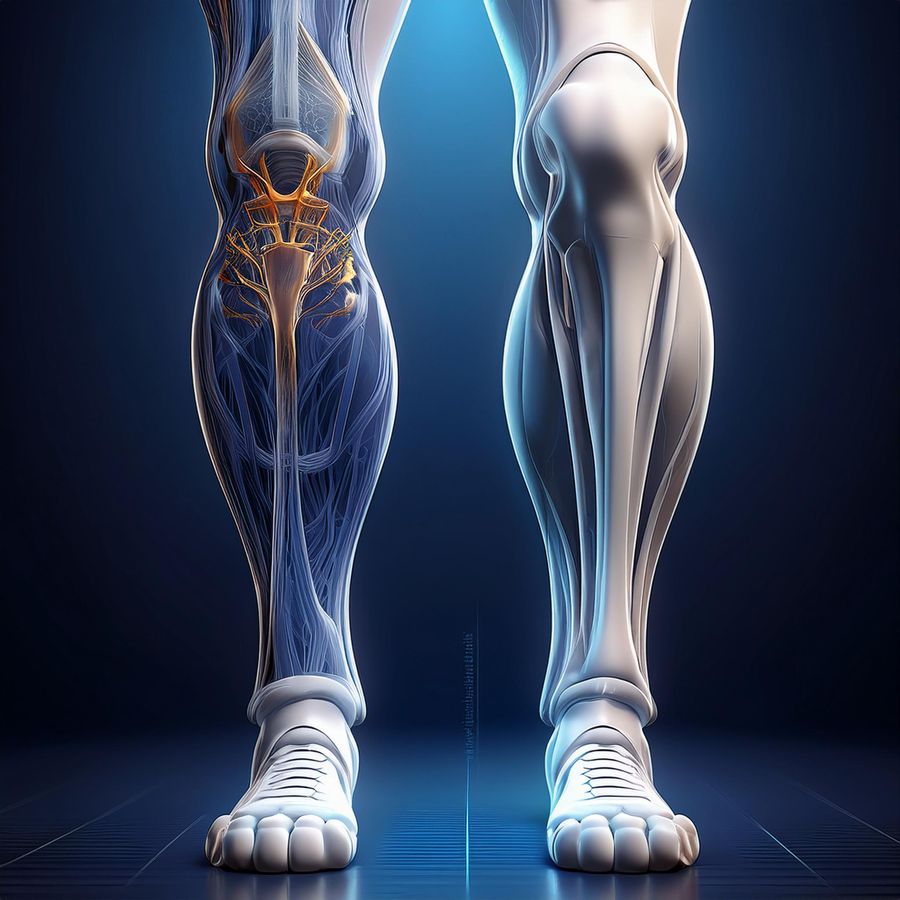
'Can't even lift a pencil': Sunita Williams’ biggest challenge isn’t space, it’s returning home
Produced by: Manoj Kumar


Muscle Meltdown
After months in microgravity, even standing will feel like an extreme workout. Astronauts can lose 30% of muscle mass, making once-simple tasks like lifting a pencil exhausting.

Bone Crisis
Every month in space, astronauts lose up to 2% of bone density. Williams may have lost 10%, making her bones weaker and more prone to fractures.
Representative pic

Face Swelling
In orbit, bodily fluids shift upward, giving astronauts puffy faces. Back on Earth, these fluids rush downward, causing swollen legs and dizziness.

Heart Struggles
Her heart has adapted to a gravity-free environment, but back on Earth, it must work harder to pump blood, leading to dizziness and fatigue.

Balance Battle
After months without gravity, her vestibular system—which controls balance—must relearn Earth’s pull, making her feel wobbly and unsteady.

Weak Legs
Gravity-free life shrinks the calves and spine. Walking again means Williams will need to rebuild strength, even in muscles used for standing.

Slow Recovery
Her bones could take years to fully recover. Even with NASA’s intense rehab, she won’t regain full bone density for up to four years.

Fast-Twitch Fix
Williams expects a day-by-day fight to regain fast-twitch muscle action, crucial for quick movements like running and jumping.

NASA’s Plan
NASA’s rehab program includes strength training, balance exercises, and cardiovascular conditioning, ensuring a smooth return to Earth life.